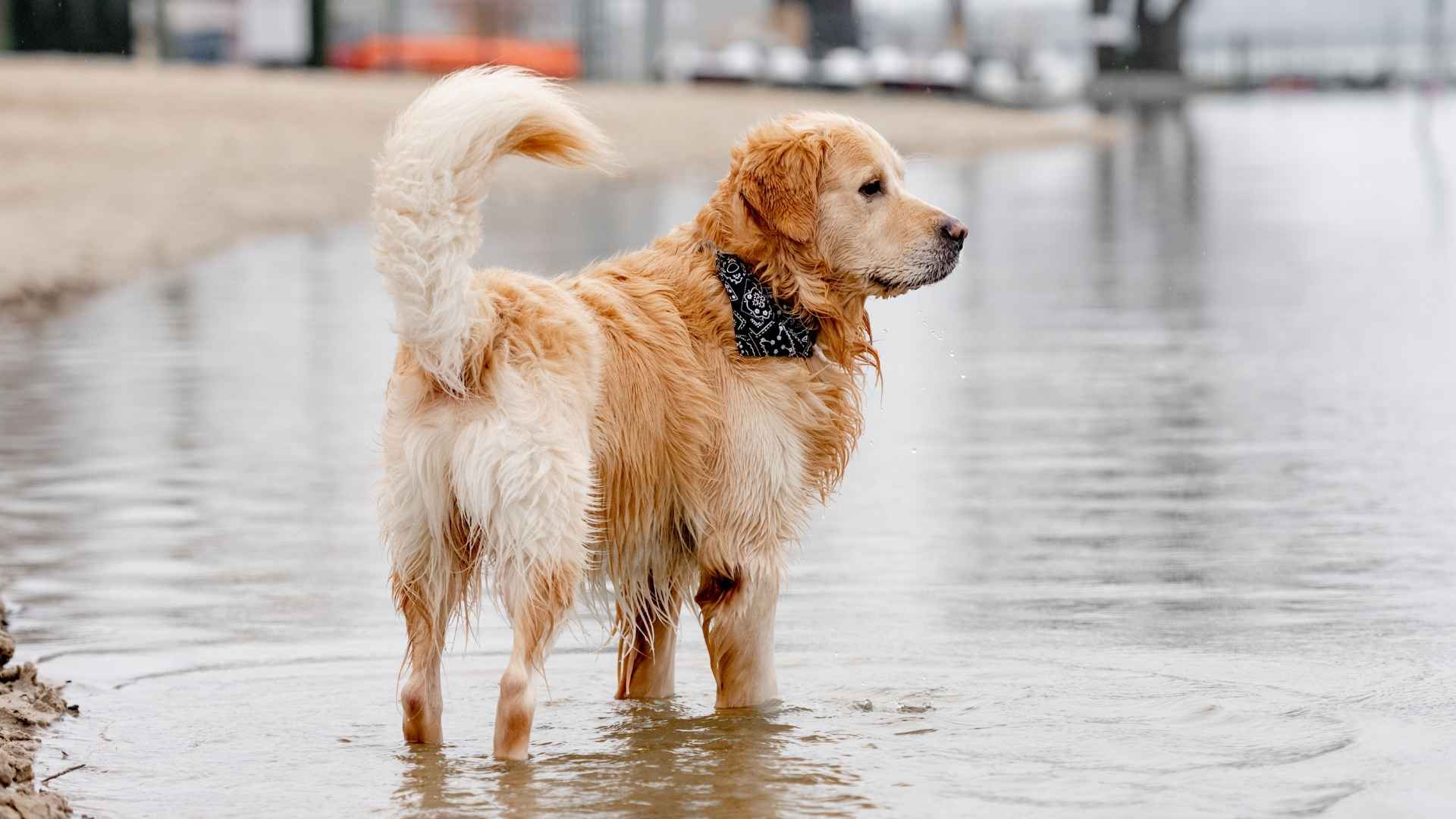When storms approach and waters start to rise, some dogs anticipate before they react. Certain breeds have been observed alerting their owners to flood threats before official warnings go out, thanks to their keen senses and strong protective instincts. This isn’t just interesting behavior; for many families, it’s a lifesaving trait.
In this article, we’ll highlight 10 dog breeds known for their heightened awareness of environmental changes linked to flooding. These dogs often respond to shifts in air pressure, humidity, and sound, making them especially valuable to households in flood-prone regions.
Ideal for families, first-time pet owners, and anyone living in areas where floods are a concern, these breeds combine loyalty with real-life awareness.
Did you know?
Some dogs can detect infrasound — low-frequency vibrations caused by distant storms and rushing water.
Let’s take a closer look at the breeds that truly stand watch when it matters the most.
Dog Breeds That Alert Owners Before Floods
1. Border Collie
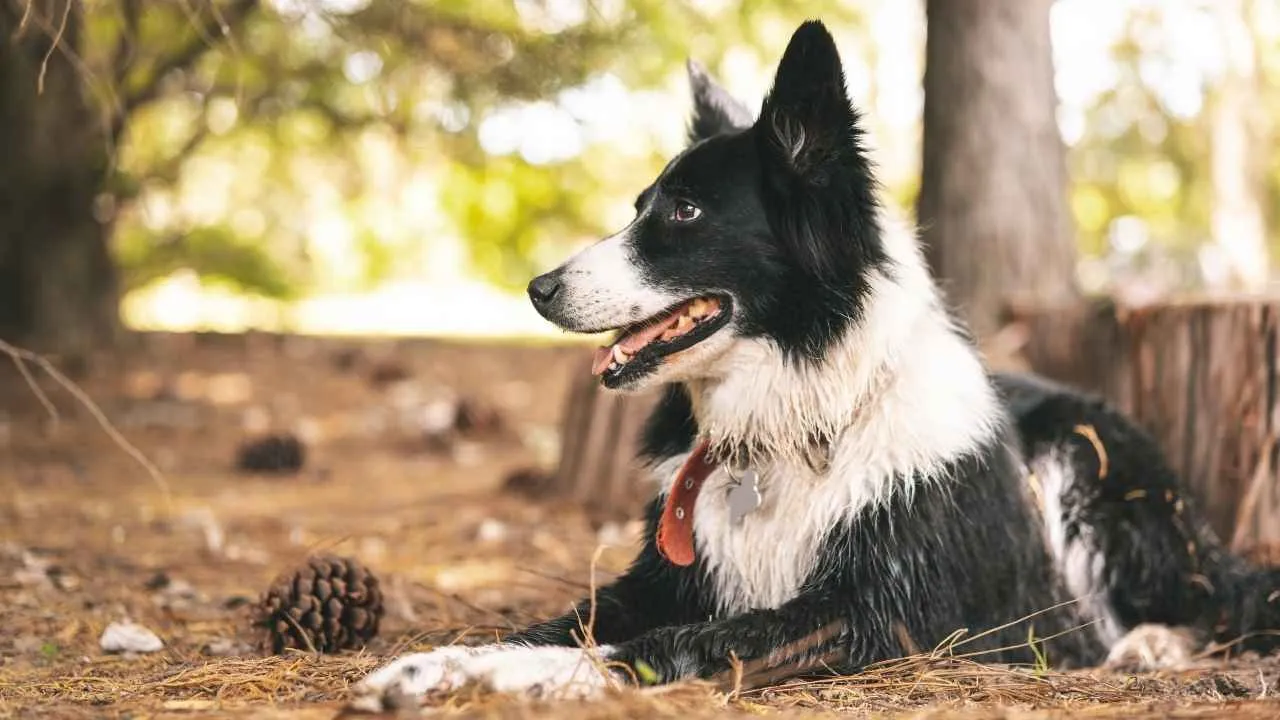
The Border Collie is a working breed known for its unmatched intelligence and agility. Originally bred along the English-Scottish border for herding sheep, this dog excels in roles requiring alertness and quick decision-making. It’s a breed that thrives on purpose and structure.
Highly sensitive to environmental changes, Border Collies often display early alert behaviors—such as restlessness, pacing, or focused barking—when they detect potential threats like rising water levels.
This makes them a strong choice for households in flood-prone regions. As per PetMD, their keen awareness and strong owner attachment make them standout watchdogs.
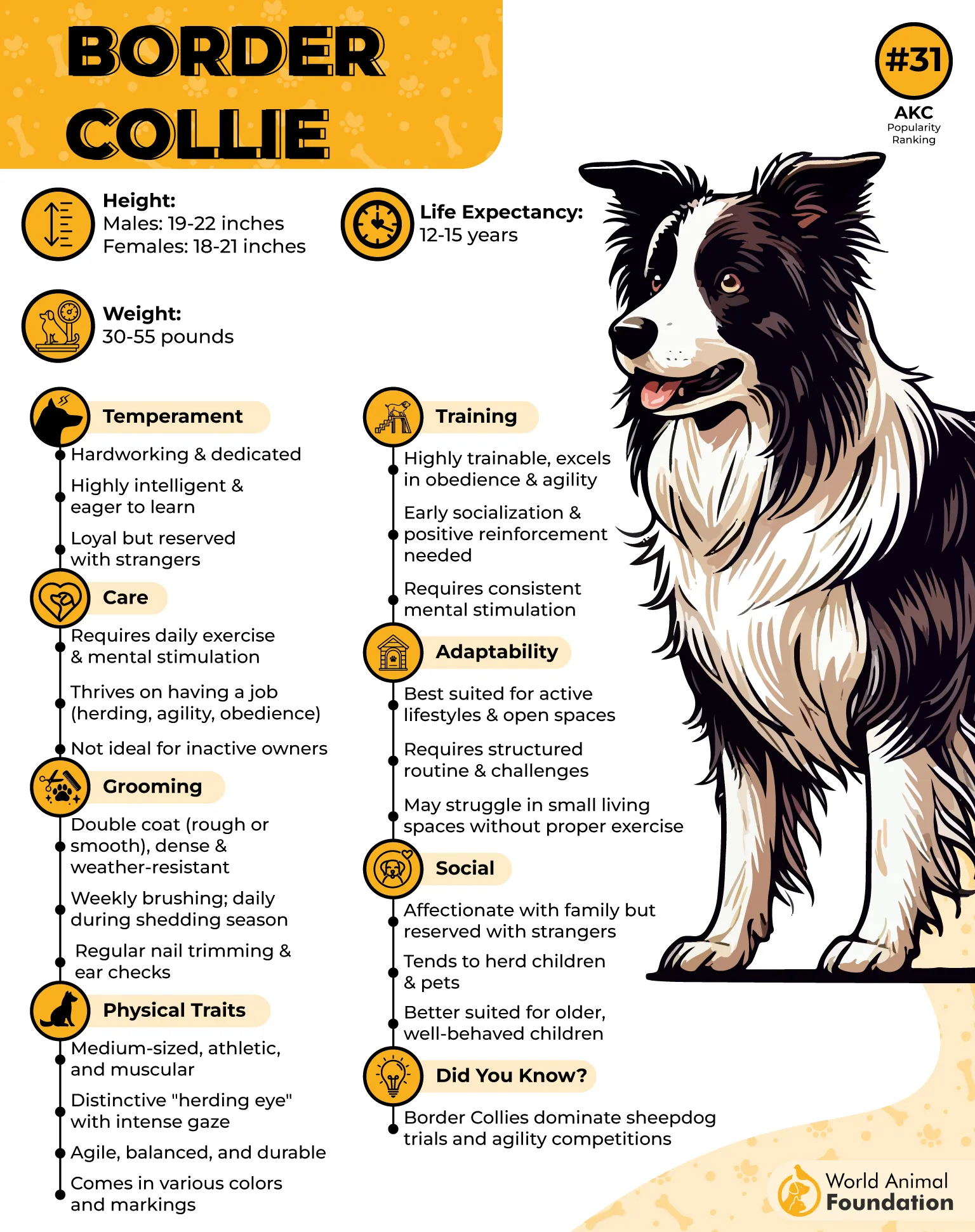
While they tend to do well with children, supervision is recommended, especially in homes with younger kids. Their natural herding instincts can lead to nipping behaviors if not redirected. Consistent socialization helps maintain balanced interactions.
Grooming requires weekly brushing to control shedding and prevent mats in their medium-length coat. They are adaptable to various climates but require regular skin and coat care.
Border Collies are highly trainable and eager to learn. They respond best to positive reinforcement and excel in obedience, agility, and scent work. Without structured activities, they may develop behavioral problems rooted in boredom or excess energy.
Quick Tips
Provide daily mental tasks like puzzle toys or scent work
Use structured activities to manage their herding drive indoors
Introduce consistent grooming from puppyhood to reduce resistance
2. Belgian Malinois
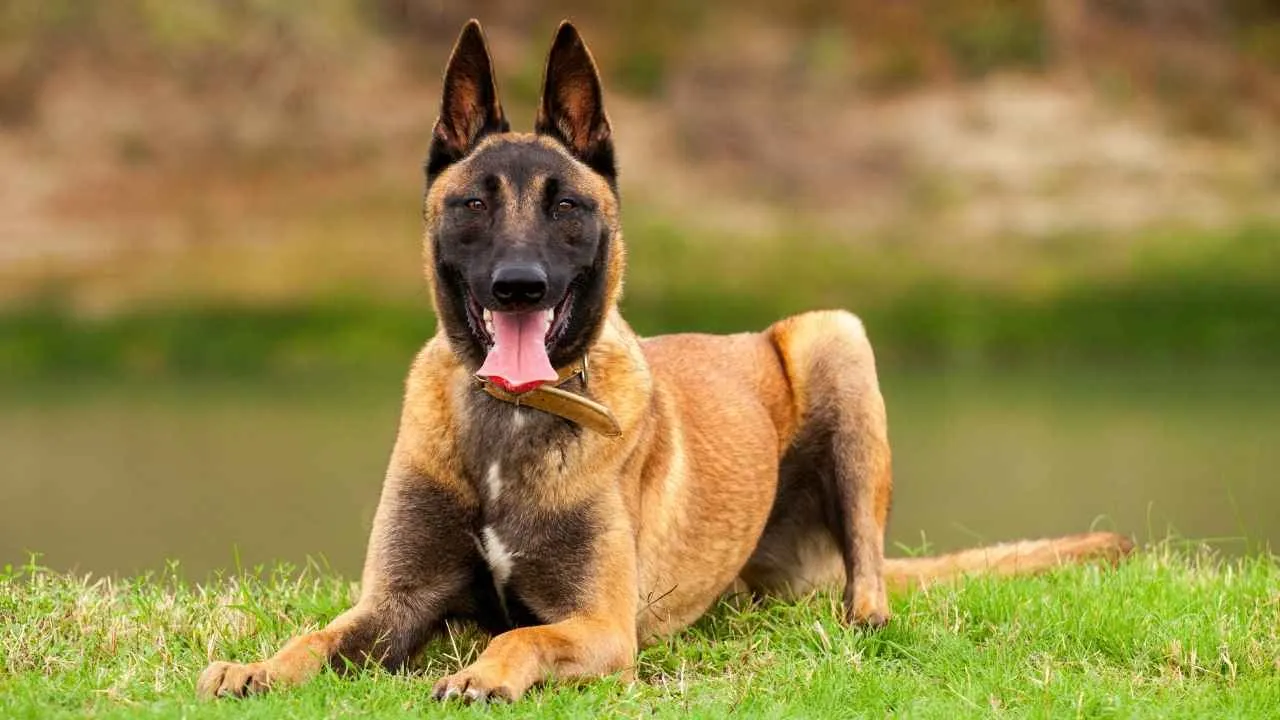
The Belgian Malinois is a powerful and intelligent breed originally developed for herding and guarding livestock in Belgium. Today, it’s commonly seen in police, military, and search-and-rescue roles due to its drive, agility, and focus. These dogs form deep bonds with their handlers and require consistent engagement to thrive.
Their alertness and sensitivity to environmental cues make them ideal for recognizing signs of danger, such as shifting weather patterns or water movement. Their loyalty and high reactivity often translate into early warning behaviors when flooding or other threats are present.
According to AKC, the breed’s watchfulness and trainability make it a dependable guardian in both working and home environments.
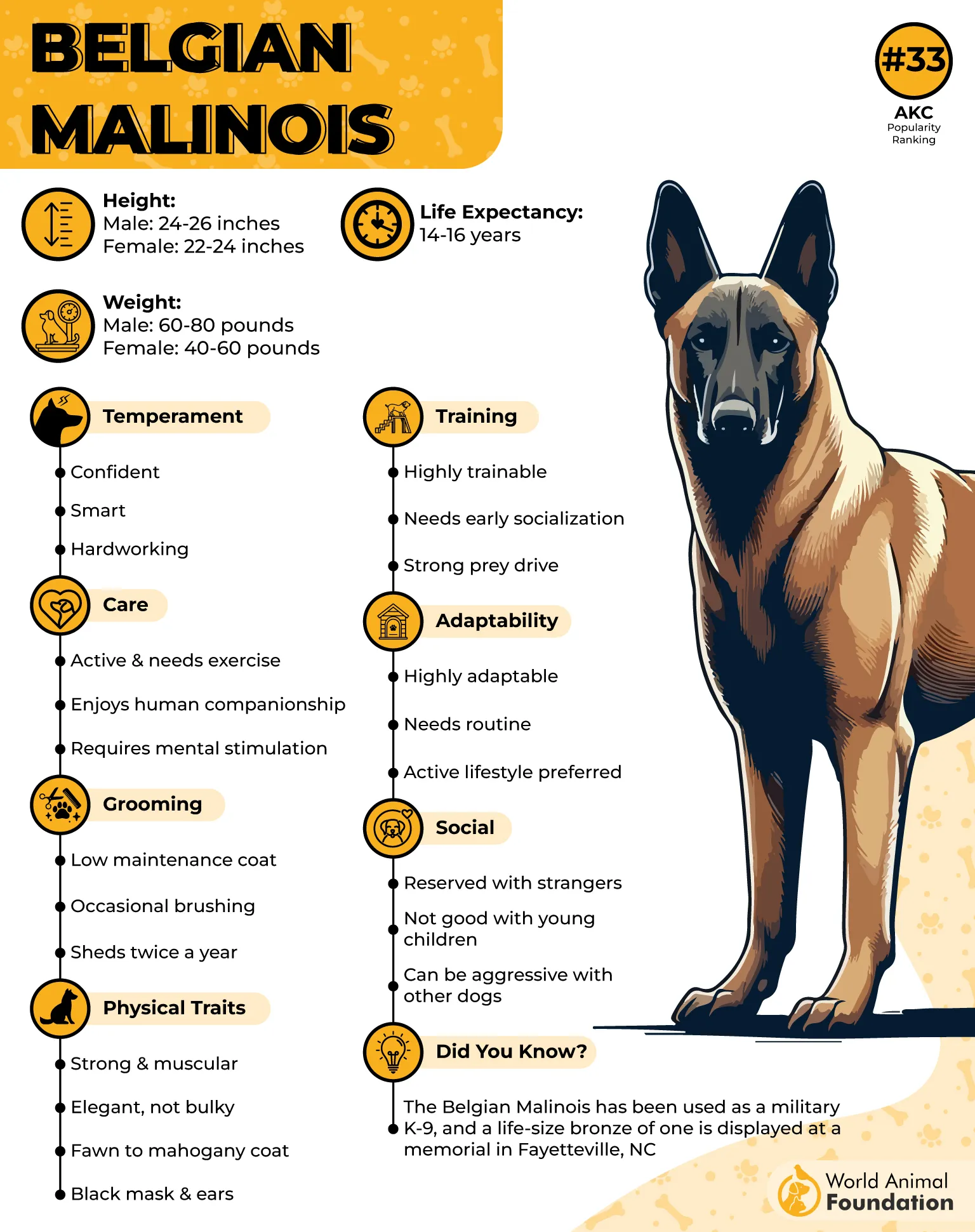
Belgian Malinois typically do well with older children who understand boundaries and respect canine energy levels. Their intensity can be overwhelming for small children without early socialization and supervision.
They require minimal grooming but benefit from regular brushing during shedding seasons. Their short, dense coat is easy to maintain and suited to various climates.
Early, structured training is critical. These dogs excel in obedience, protection, and agility, but without direction, they can become destructive. The Malinois is best suited for experienced dog owners who can meet its high physical and mental needs.
Quick Tips
Start obedience training by 8 weeks to manage high drive
Provide daily tasks or job-based activities to prevent boredom
Use firm, positive reinforcement—avoid harsh corrections
3. German Shepherd
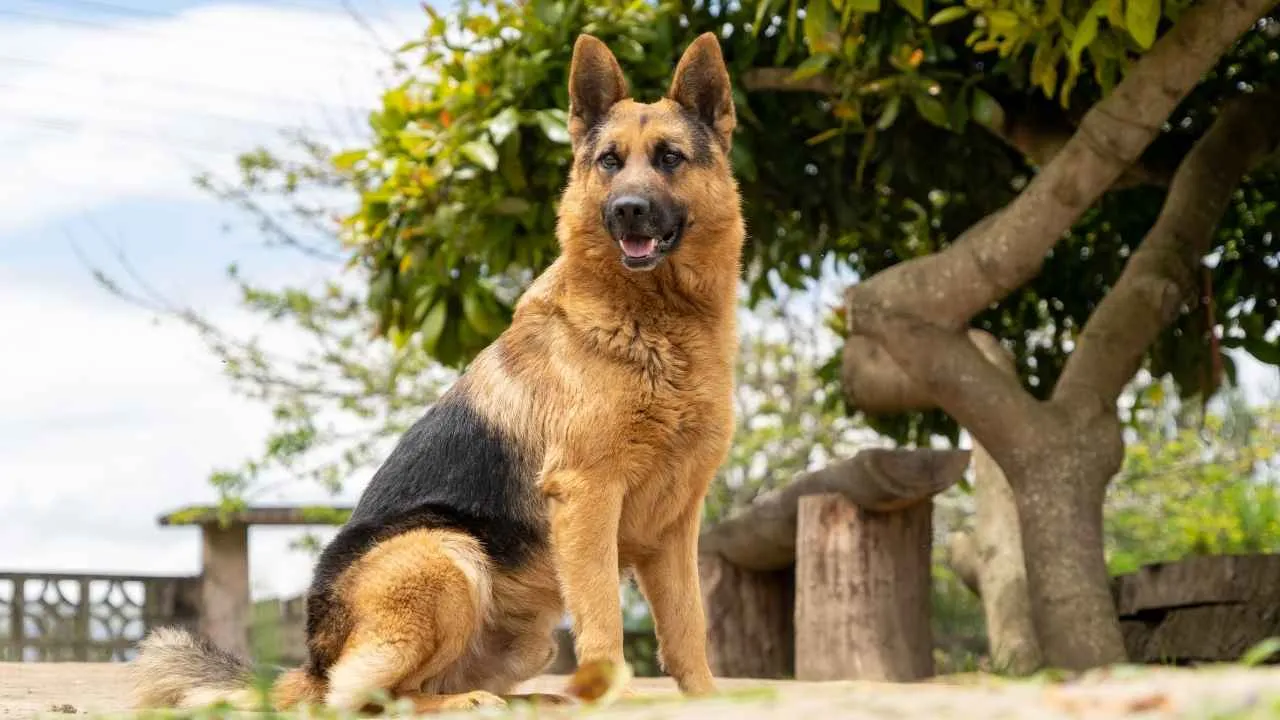
The German Shepherd is a large, intelligent working breed originally developed in Germany for herding and guarding sheep. Known for its versatility, this dog now excels in law enforcement, search and rescue, and service work. Their confident, steady temperament makes them both protective and affectionate companions.
With sharp instincts and strong environmental awareness, German Shepherds are often among the first to detect potential dangers like flooding. They may respond with alert barking, pacing, or close guarding behavior. As noted by Purina, this breed is highly trainable and naturally inclined to protect its family from harm.
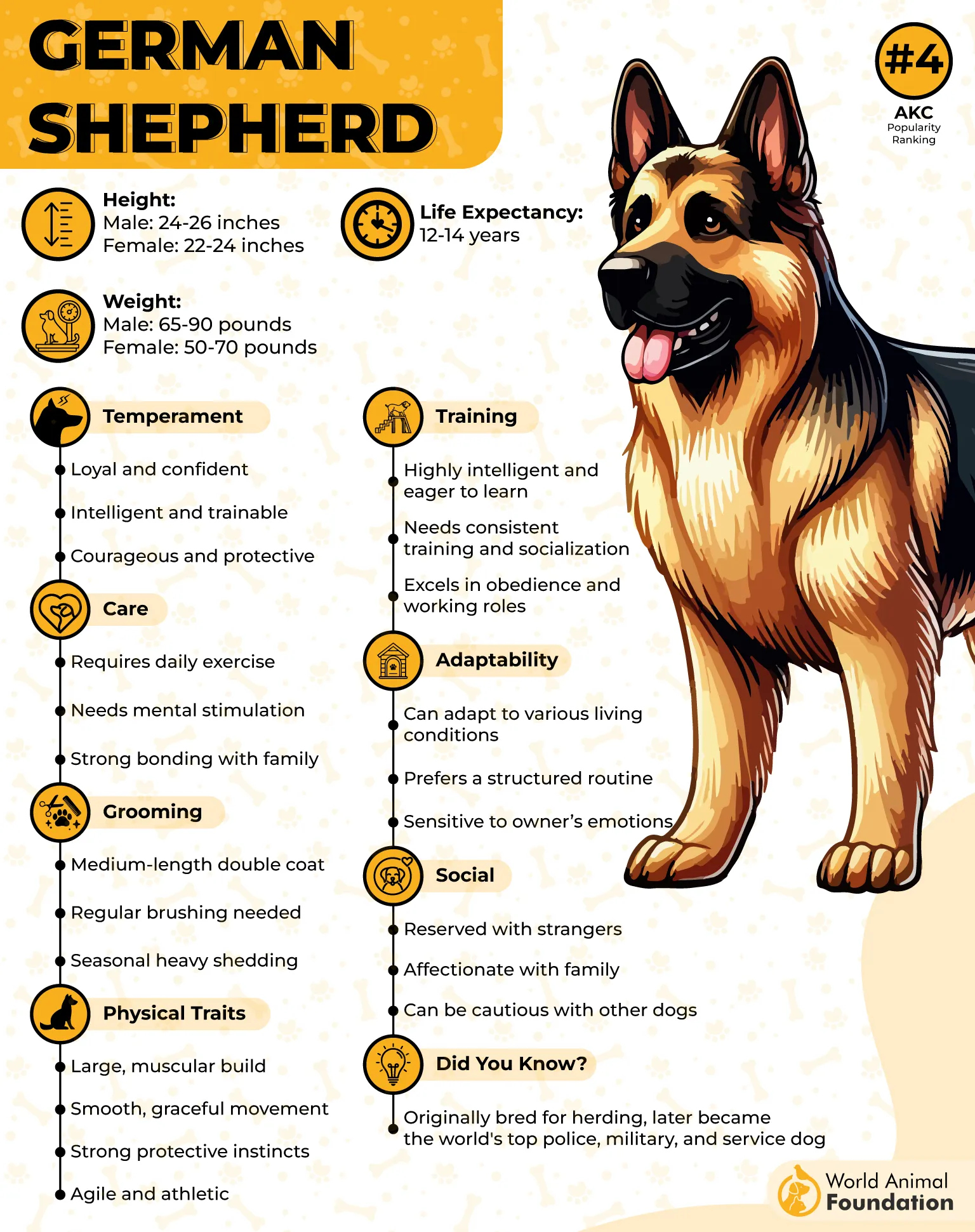
German Shepherds typically do well with children when raised with them and properly socialized. Their size and strength require adult supervision, especially around younger kids.
Their thick double coat needs regular brushing, particularly during seasonal shedding periods. While generally healthy, they are prone to hip dysplasia and require routine vet checks.
Training should begin early and remain consistent throughout their life. These dogs need both mental and physical stimulation to avoid behavioral issues. Structured activities such as tracking, obedience, or scent work are highly beneficial for this intelligent and loyal breed.
Quick Tips
Brush 2–3 times per week to control heavy shedding
Begin early socialization to prevent overprotectiveness
Provide structured physical outlets like hiking or tracking
4. Rottweiler
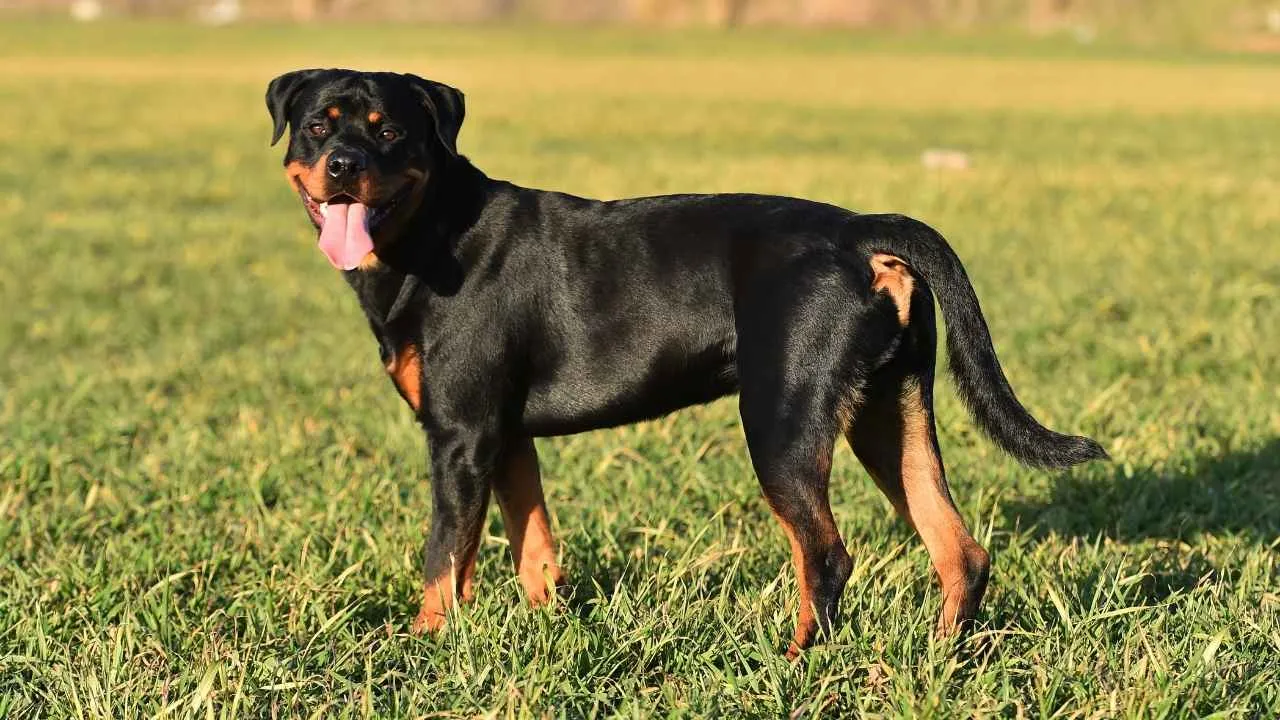
The Rottweiler is a strong, confident breed originally developed in Germany for herding and guarding livestock. Over time, it became widely used in law enforcement and protection work due to its power and loyalty. This breed forms deep bonds with its family and is known for its unwavering protective instincts.
Rottweilers are highly perceptive and can detect early signs of environmental stress such as flooding. They tend to alert owners through direct behaviors like intense barking or body-blocking. Their natural guarding tendencies and environmental awareness make them effective early-warning dogs in homes where flooding is a risk.
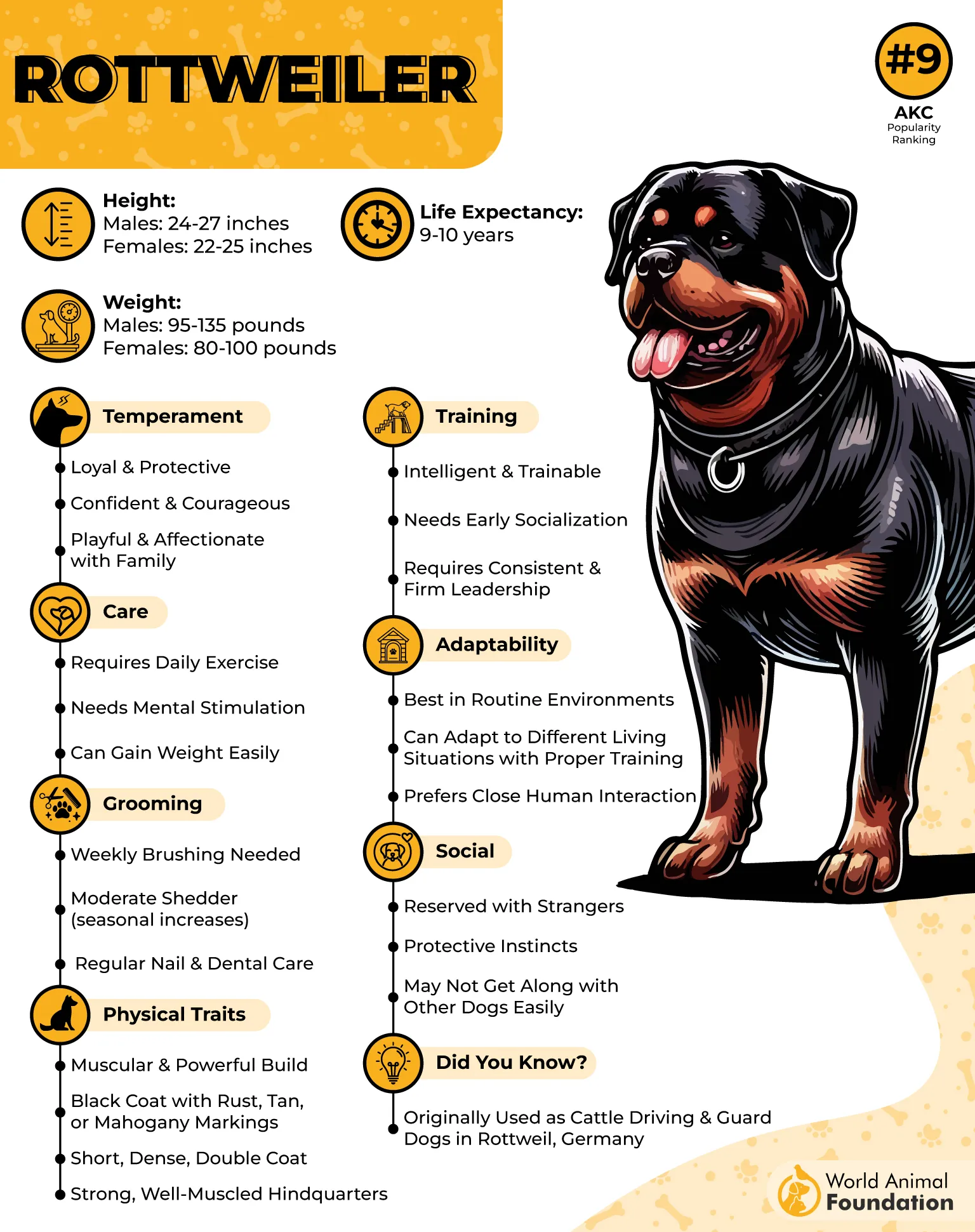
They can be good with children if socialized from a young age, though supervision is essential due to their size and strength. Their calm demeanor can turn protective quickly if they sense a threat to family members.
The Rottweiler’s short double coat requires moderate grooming, with weekly brushing to manage shedding. They’re generally robust but may be prone to hip and elbow dysplasia, requiring regular health screenings.
Early training and consistent leadership are essential. Rottweilers respond well to structured environments and firm, positive reinforcement. They need mental challenges and clear expectations to thrive.
Quick Tips
Socialize early to avoid overprotective behaviors
Use puzzle toys or advanced commands to engage their mind
Keep a consistent routine to reinforce trust and obedience
5. Dobermann Pinscher
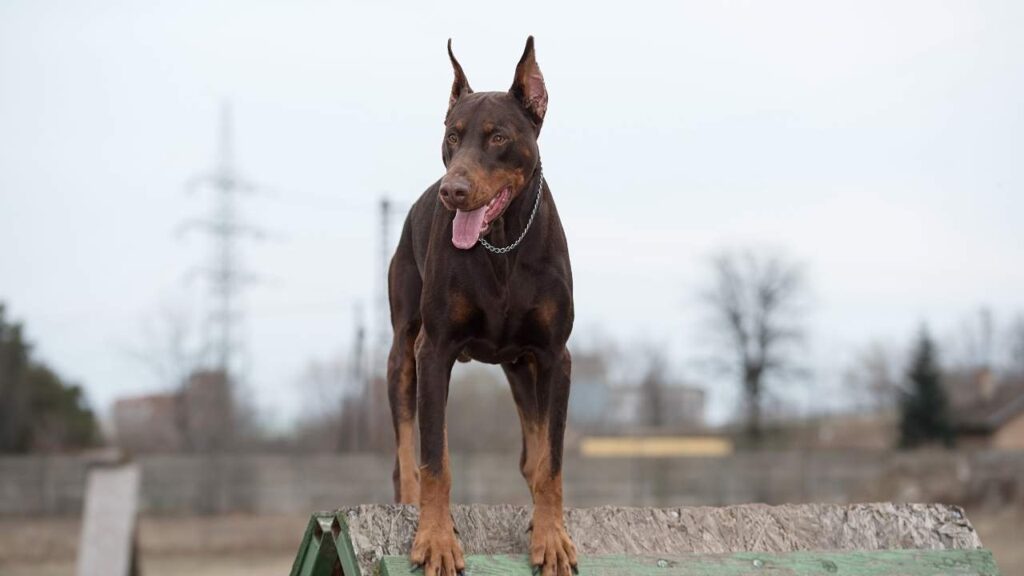
The Doberman Pinscher is a sleek, powerful breed originally developed in Germany for protection and police work. Known for its speed, intelligence, and loyalty, this dog combines elegance with strength. Dobermans are highly alert and form intense bonds with their owners.
They are excellent at detecting changes in their environment, making them highly responsive to danger cues like flood risk or shifting weather patterns. As suggested by Omlet, their vigilant nature and attachment to their family make them exceptional at providing early warnings when something is off.
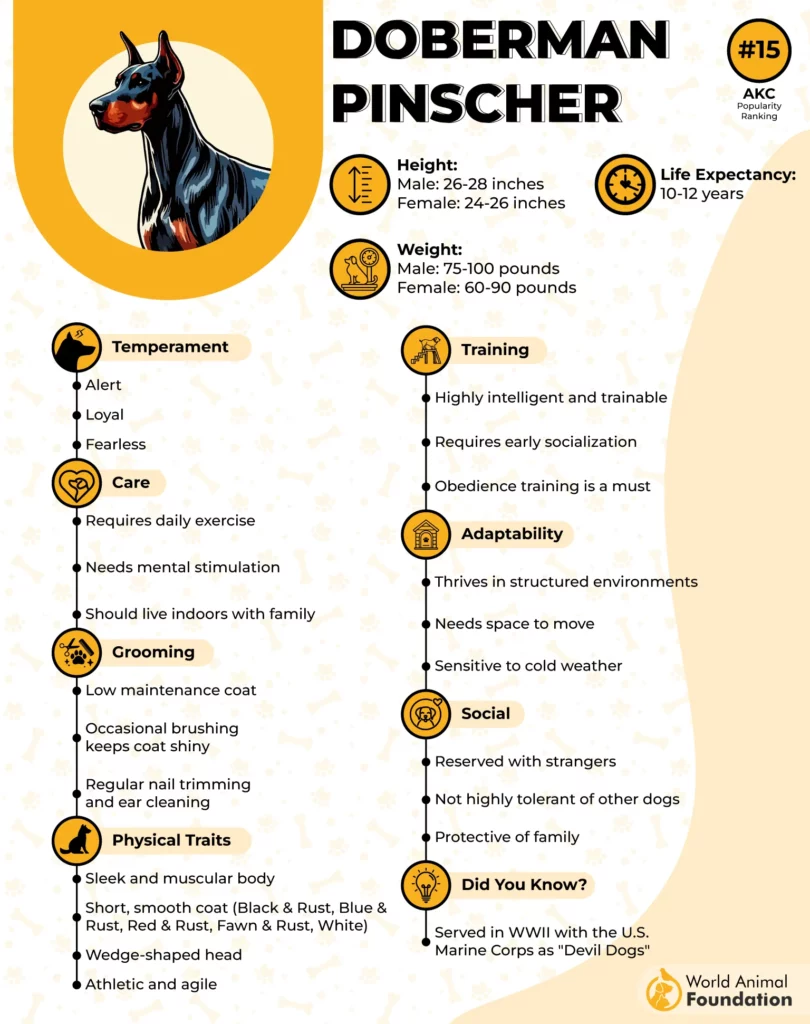
Dobermans generally get along well with children when properly trained and introduced early. Their protective instincts are strong, and they may position themselves between a child and a perceived threat without hesitation.
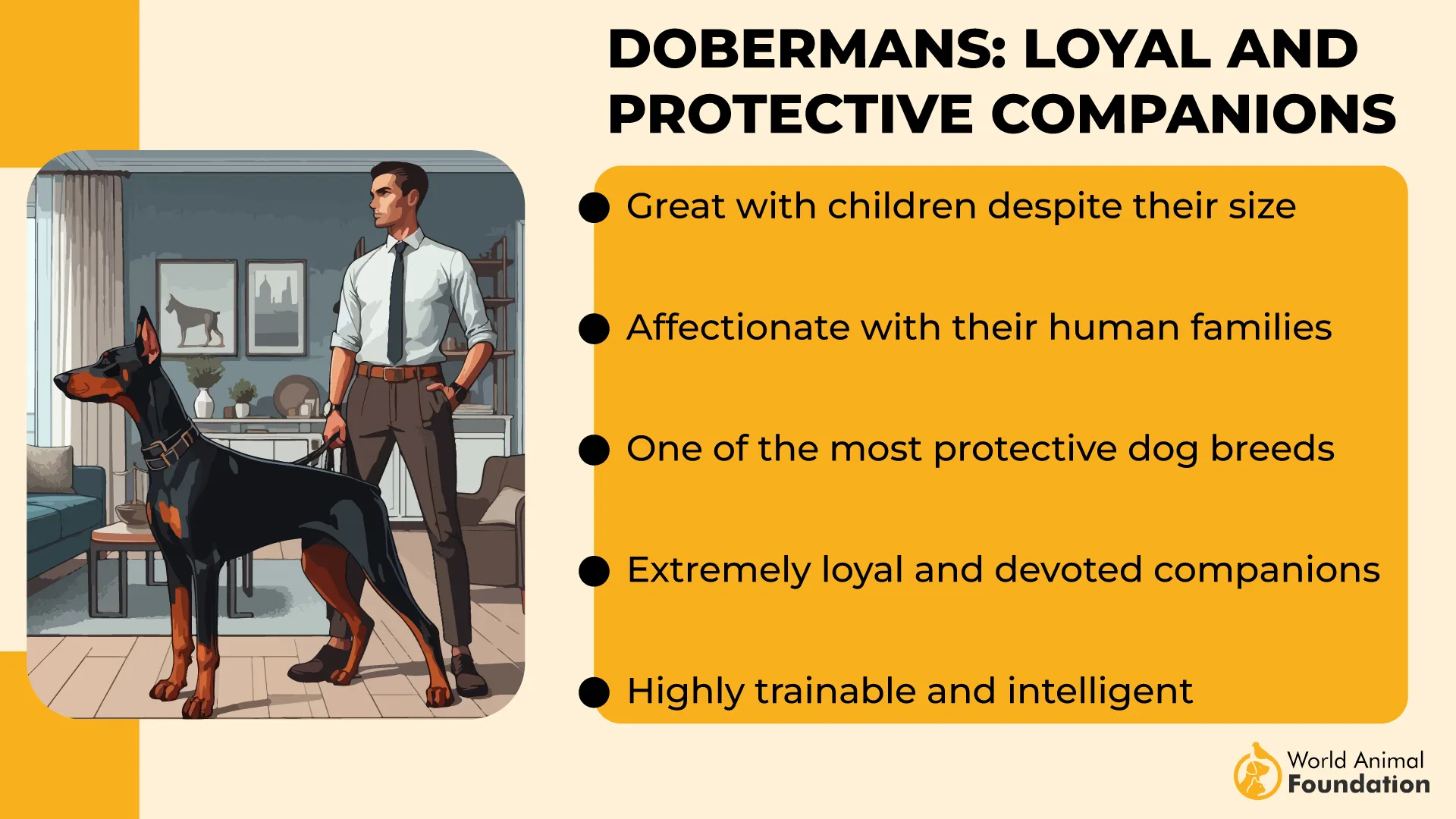
Their short coat is low-maintenance, requiring only occasional brushing. They are sensitive to cold weather and may need protection in colder climates. Regular exercise is essential to prevent restlessness.
This breed thrives on structured training and daily mental stimulation. They excel in obedience, tracking, and protection sports. Without consistent guidance, Dobermans can become dominant or overly wary, so early socialization is essential.
Quick Tips
Offer firm but gentle guidance during training
Use positive reinforcement to build trust and control
Limit unsupervised interactions with unfamiliar dogs or guests
6. Giant Schnauzer
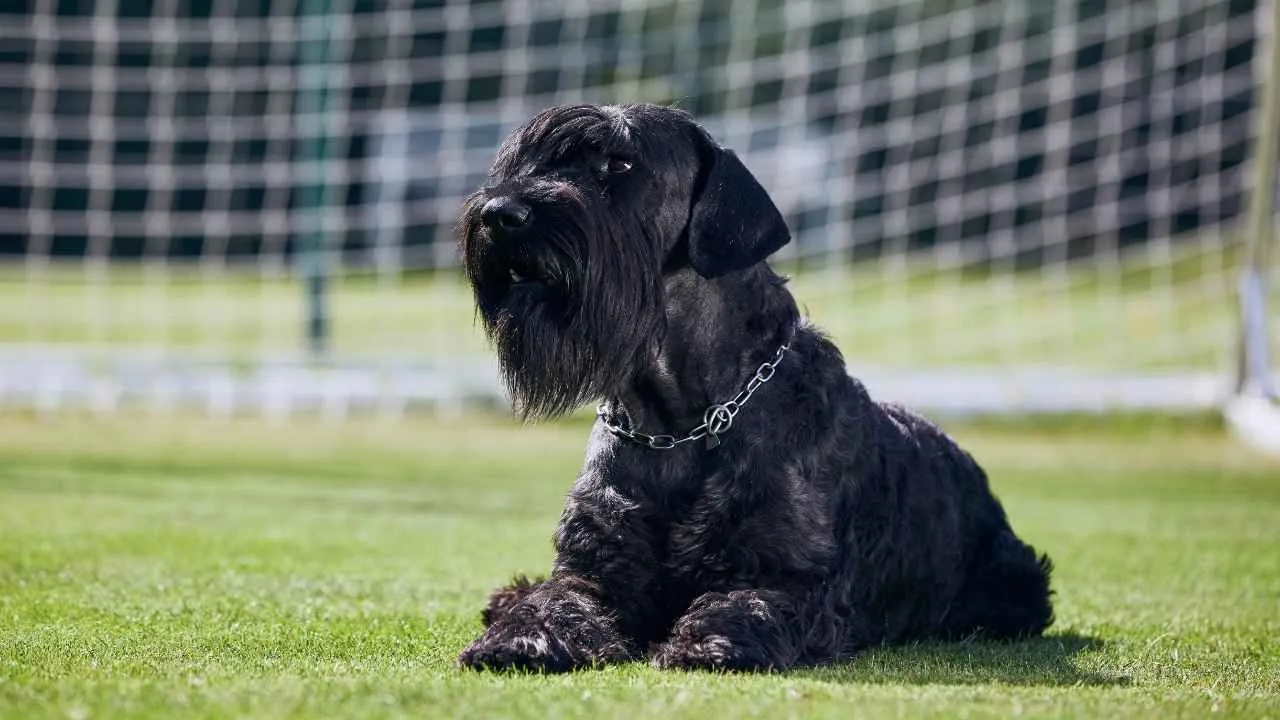
The Giant Schnauzer is a robust, working breed developed in Germany to drive cattle and guard property. It is the largest of the three Schnauzer types, combining strength with intelligence. This breed is known for its devotion to family and protective temperament.
Its alert and observant nature makes the Giant Schnauzer highly responsive to unusual environmental cues. They may bark or pace when detecting flood-related changes like rising humidity or unfamiliar sounds. Their heightened awareness makes them valuable in households where advanced warning is crucial.
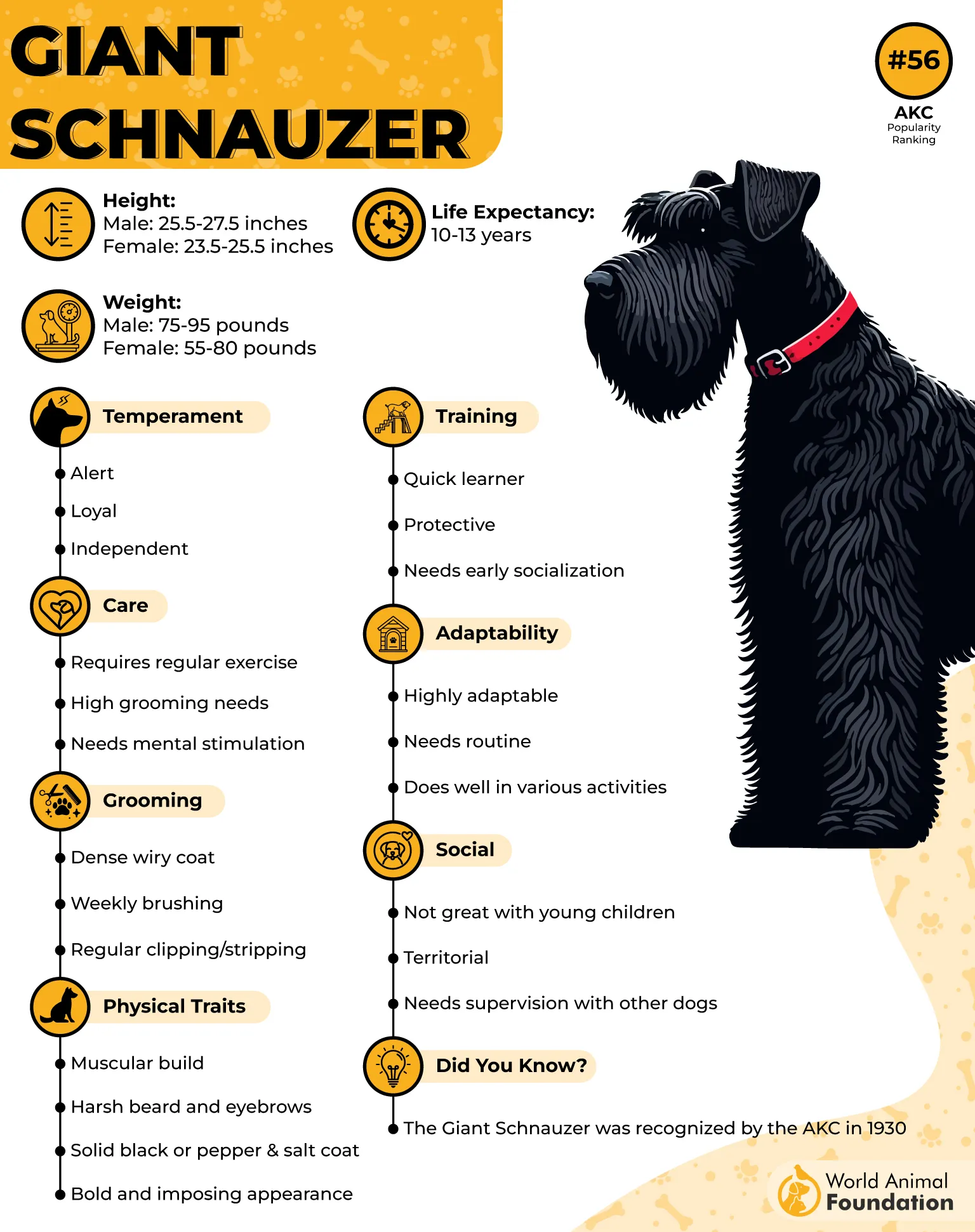
They typically do well with children when raised alongside them and socialized early. However, due to their size and strength, supervision is important, especially around smaller children.
This breed has a dense, wiry coat that requires regular grooming, including clipping and hand-stripping to maintain texture. They are moderate shedders and benefit from consistent coat care to prevent matting and skin issues.
Giant Schnauzers are intelligent but can be strong-willed. They require structured training, early socialization, and consistent boundaries. Without proper outlets for energy, they can become dominant or destructive, so they’re best suited for experienced dog owners.
Quick Tips
Schedule professional grooming every 6–8 weeks
Use firm commands and structured routines during training
Prioritize socialization before adolescence to manage guarding instincts
7. Anatolian Shepherd
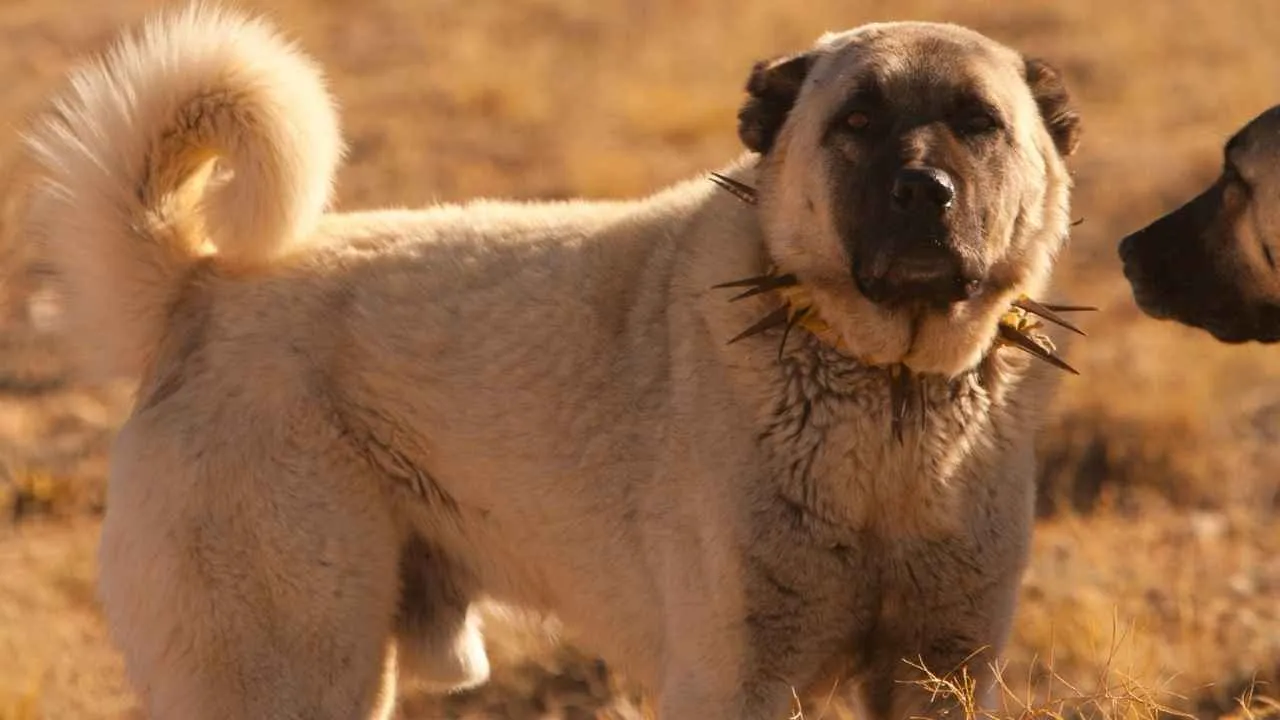
The Anatolian Shepherd is a large, powerful guardian breed originally developed in Turkey to protect livestock from predators. Known for its independence and territorial instincts, this breed is naturally wary of unfamiliar people and situations. They are calm and confident, especially in outdoor, rural settings.
This breed is especially sensitive to environmental disturbances and is known for alerting owners to potential threats, including the early signs of flooding. Their guarding nature often prompts them to patrol or vocalize when something feels out of place. Their instincts make them highly responsive to changes in terrain or weather.
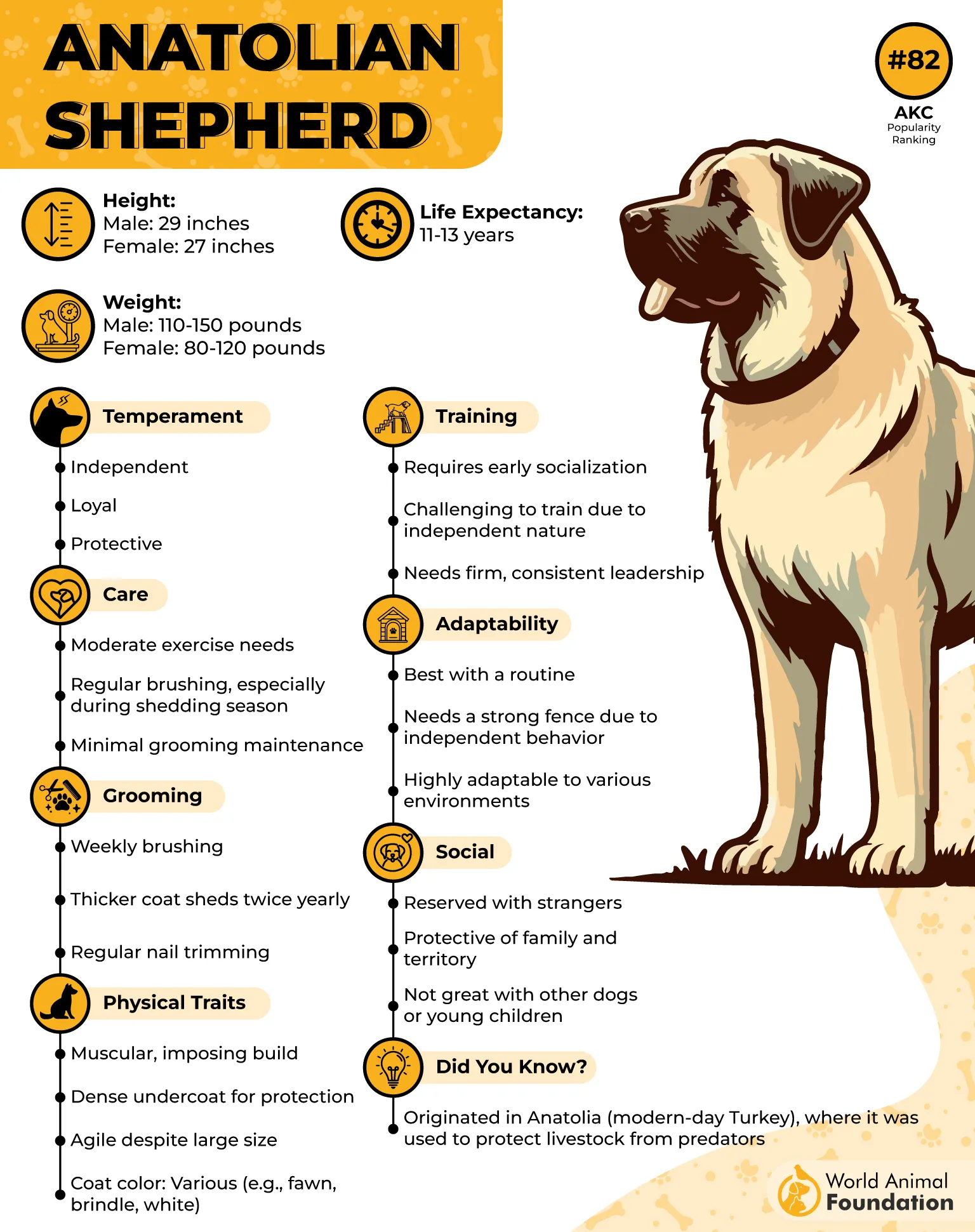
Anatolian Shepherds can live peacefully with children when raised alongside them but are not typically playful. Their protective instincts may cause them to act defensively if they sense the child is at risk.
Their thick double coat requires weekly brushing, especially during seasonal shedding. Grooming is otherwise minimal, though they are prone to ear infections if not checked regularly.
Training must begin early with a focus on socialization and boundary-setting. These dogs are independent thinkers and may resist traditional obedience unless they trust the handler. They’re best suited to experienced owners with secure, spacious environments.
Quick Tips
Use consistent routines to establish trust early
Socialize heavily with people and other animals in puppyhood
Monitor outdoor time to prevent overterritorial behaviors
8. Akita
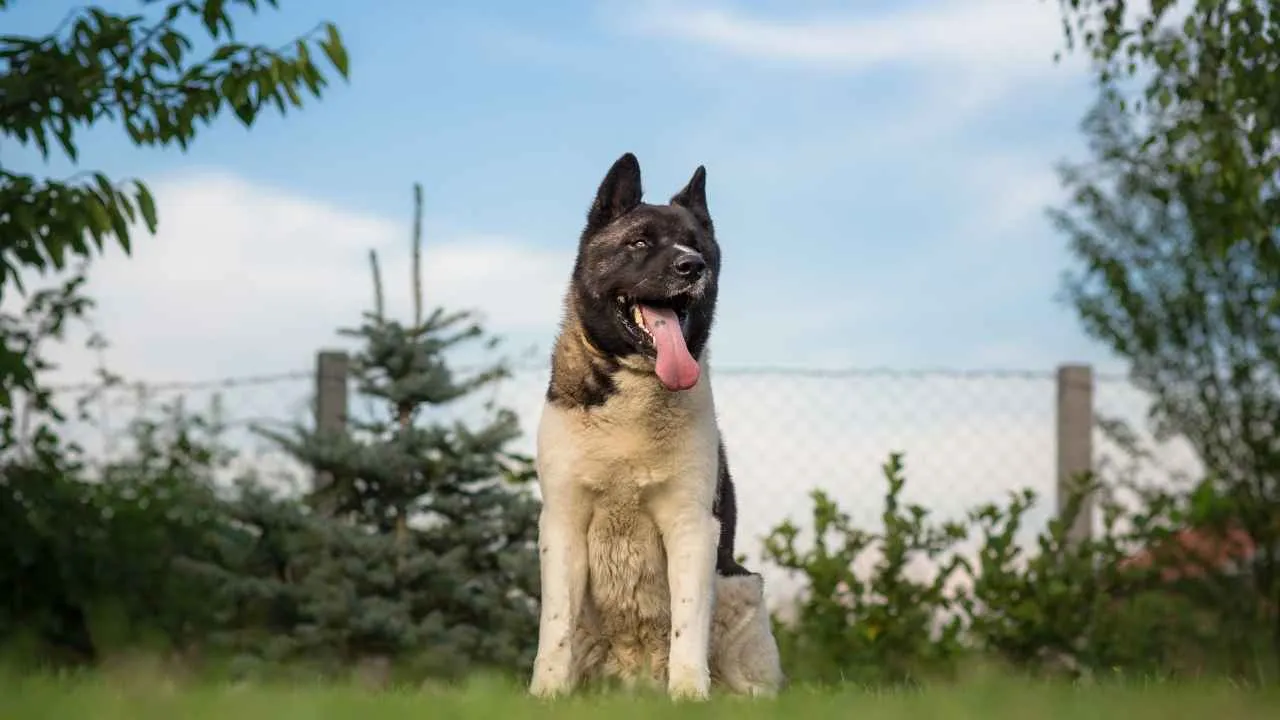
The Akita is a strong, dignified breed originally from Japan, where it was bred for guarding royalty and hunting large game. This breed is known for its quiet nature, loyalty, and imposing presence. They are naturally reserved around strangers but deeply affectionate with their family.
Akitas have a sharp sense of their environment and are known to alert owners when something feels off, including during shifts in barometric pressure or flooding risk. Their strong territorial instincts and focus make them excellent alert dogs in the right conditions.
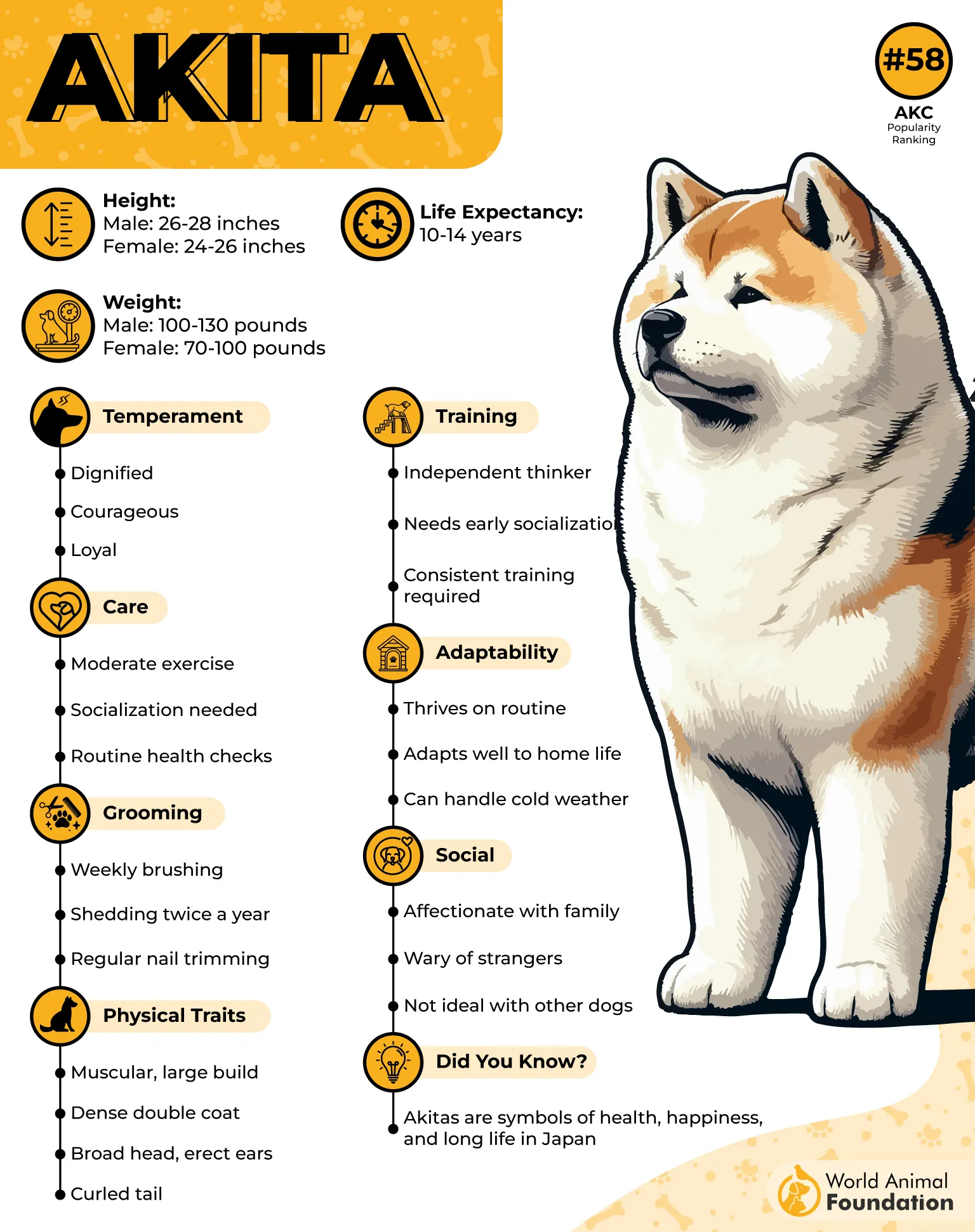
While Akitas can be good with children in their family, they are best in homes with older, respectful kids. Their strength and independence require confident handling and clear boundaries.
Their dense double coat sheds heavily twice a year and needs frequent brushing during these periods. Regular grooming and bathing are important to control odor and coat health.
Early socialization and firm, consistent training are essential. Akitas may not respond well to repetitive drills, so varied and meaningful tasks work best. They do best with experienced owners who understand working breed behavior.
Quick Tips
Introduce leash manners early to prevent pulling
Avoid dog parks due to potential dog-aggression tendencies
Use consistent verbal cues to build routine behaviors
9. Rhodesian Ridgeback
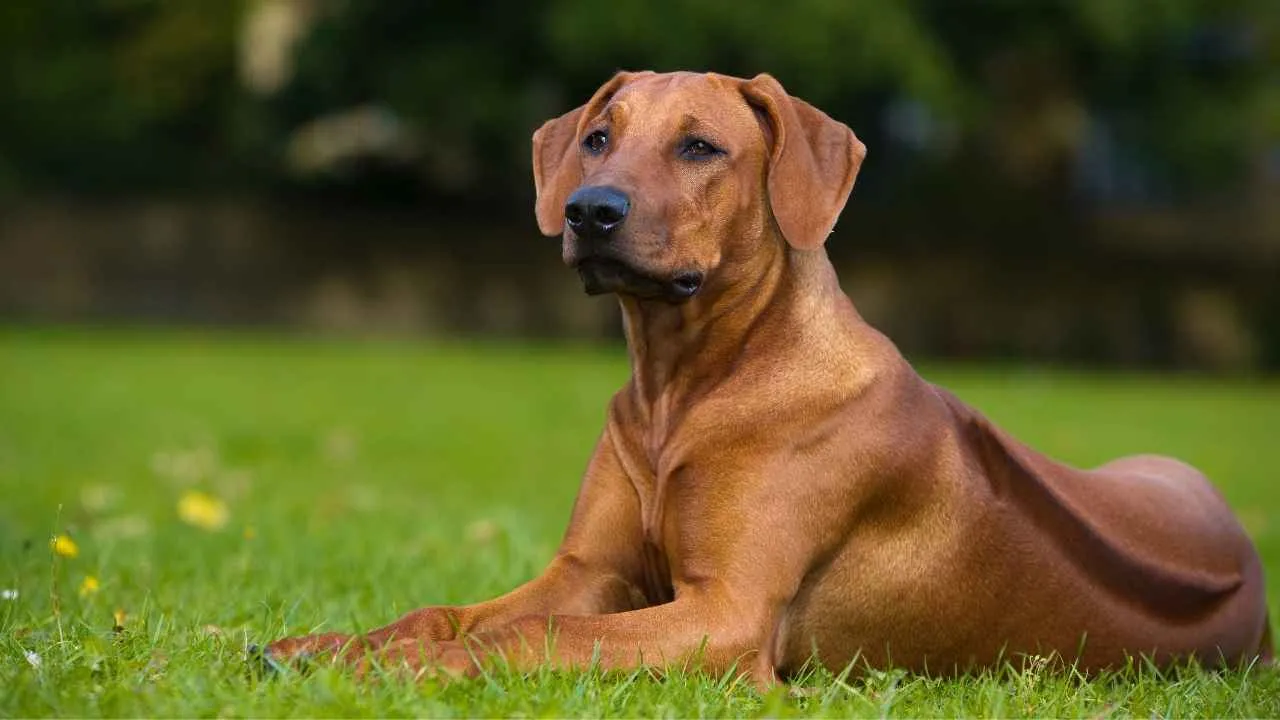
The Rhodesian Ridgeback is a muscular, athletic breed originally from southern Africa, developed to hunt lions and protect property. It is known for the signature ridge of hair along its back and its calm, confident personality. Despite its hunting history, the Ridgeback is generally quiet and dignified.
These dogs are keen observers of their surroundings and may respond quickly to unfamiliar scents, sounds, or pressure changes that signal flooding. Their close bond with their owners often leads them to stay nearby and monitor for threats. This breed is highly alert and deeply intuitive.
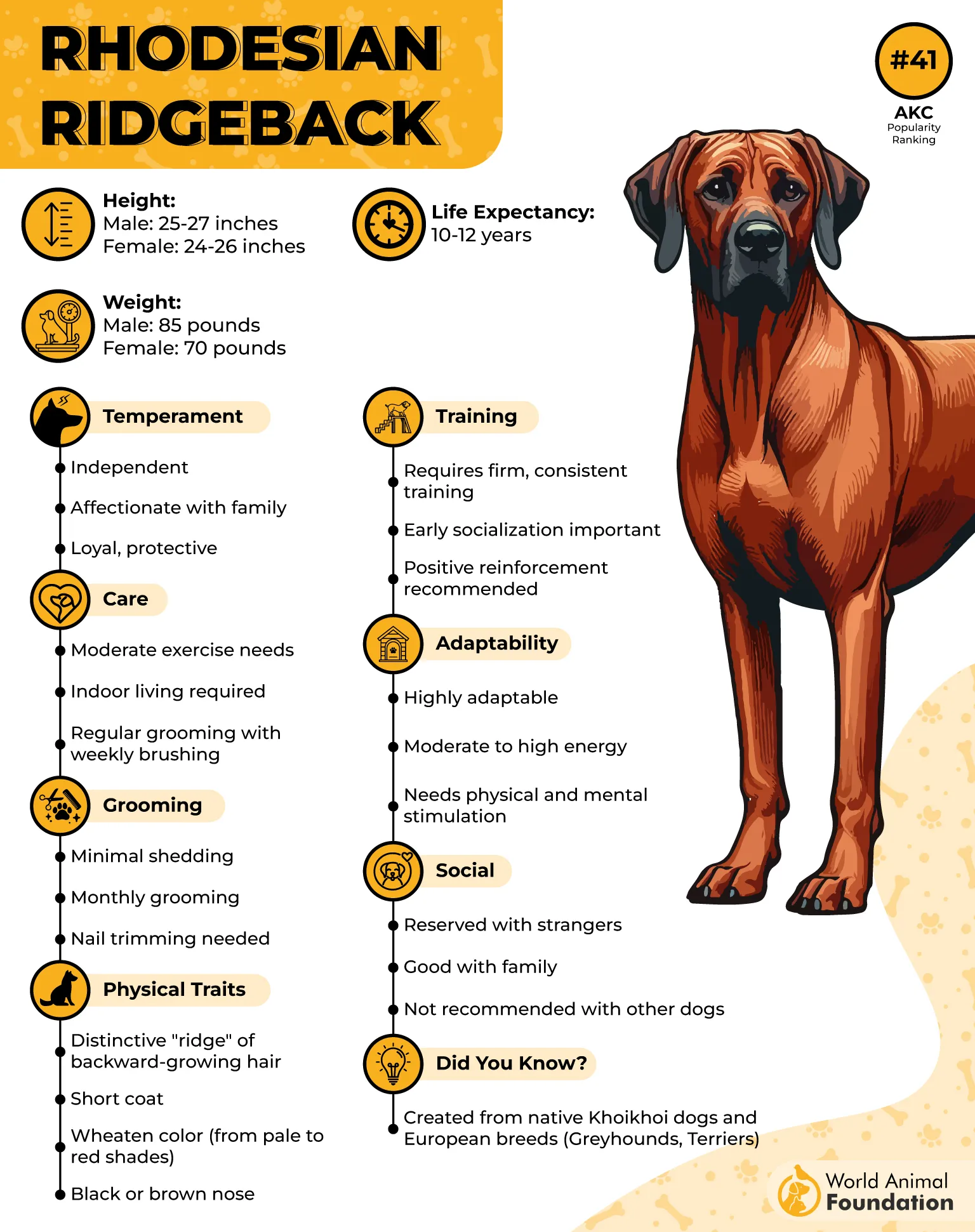
Rhodesian Ridgebacks tend to be gentle with children they know, though supervision is essential due to their strength. They are usually patient but not overly tolerant of rough handling or unpredictability.
Their short coat is low-maintenance, requiring only occasional brushing. They are relatively clean and don’t have a strong odor, but regular checks for skin irritation are advised.
Training should emphasize positive reinforcement and variety to maintain engagement. While they are intelligent, they may appear stubborn without a clear purpose. Consistent leadership and physical outlets are essential for success with this breed.
Quick Tips
Use long walks to provide mental stimulation and exercise
Limit off-leash time unless in fenced areas
Focus training on impulse control and recall skills
10. Shiba Inu
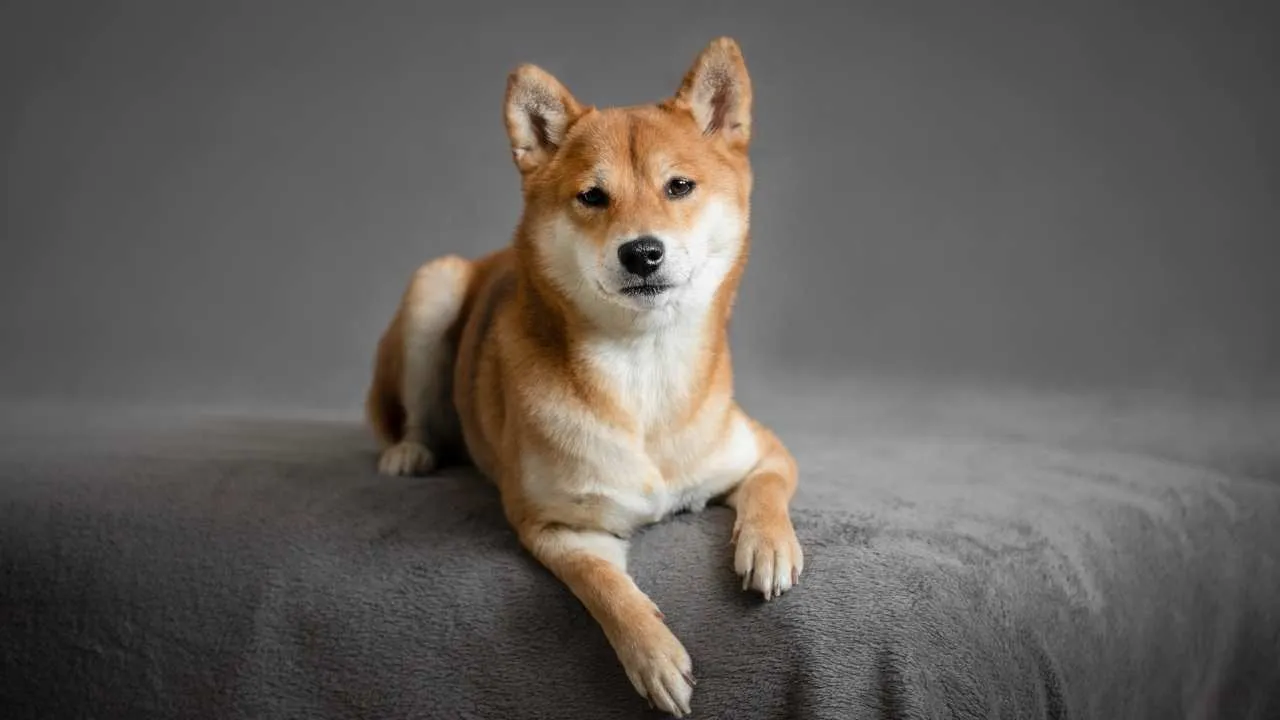
The Shiba Inu is a compact, agile breed originally bred in Japan for hunting small game in mountainous terrain. It is known for its foxlike appearance, spirited personality, and independence. This breed is bold, confident, and often described as cat-like in behavior.
Shiba Inus are naturally alert and responsive to changes in their environment, making them capable of noticing early signs of threats like flooding. Their sharp senses and quick reflexes can result in clear warning behaviors such as pacing or vocalizations. Their strong awareness and loyalty help them serve as reliable sentinels in the home.
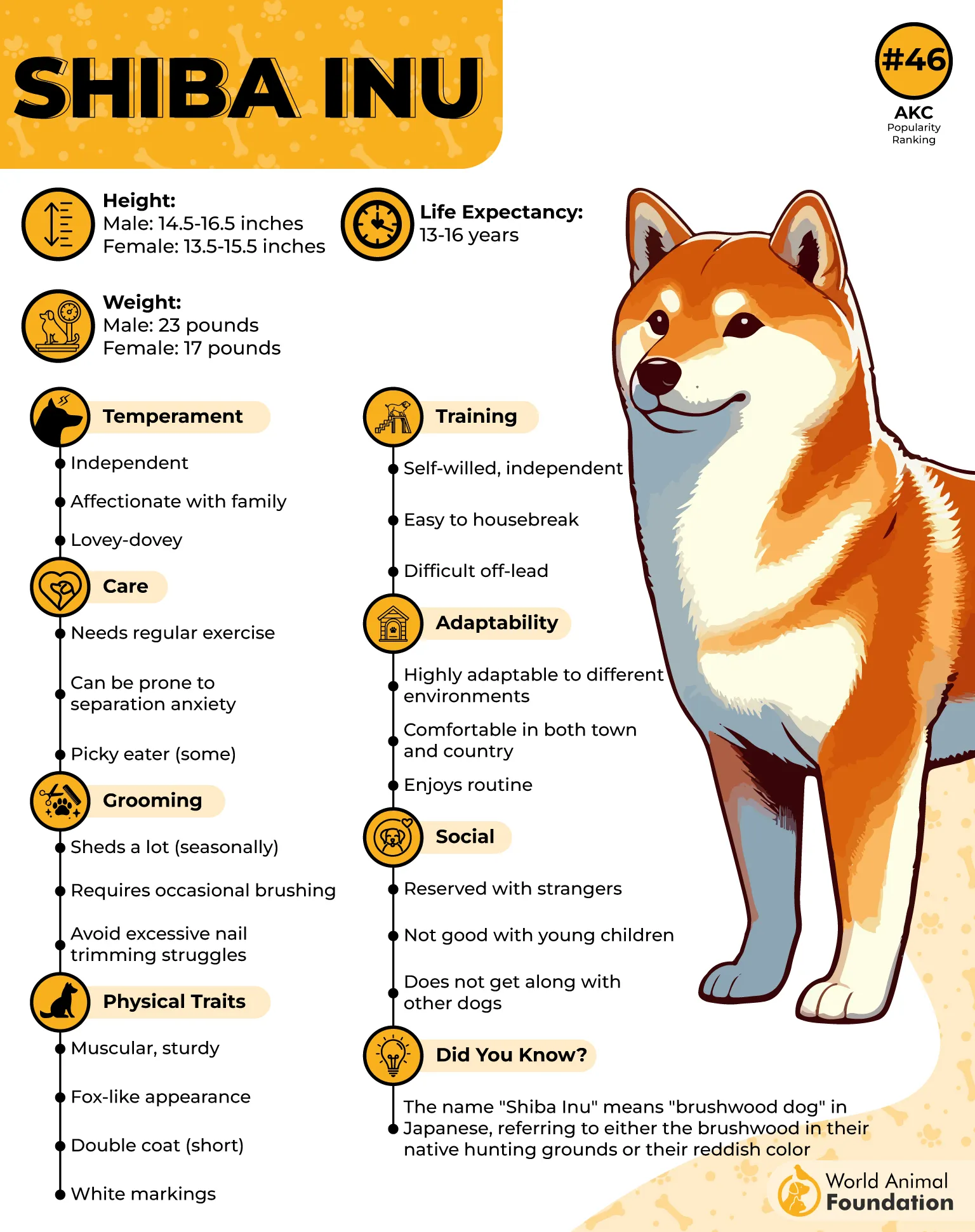
They can be affectionate with family and respectful older children, but they are not typically cuddly or tolerant of rough handling. Proper early socialization is crucial to develop positive relationships with children and other pets.
Their plush double coat requires frequent brushing, especially during heavy shedding seasons. They are naturally clean dogs but benefit from regular grooming to manage dander and loose fur.
Shibas are intelligent but often stubborn. They need consistent, patient training and are best suited for owners who can set firm boundaries. Off-leash activity is discouraged due to their strong prey drive.
Quick Tips
Begin recall training early to manage off-leash challenges
Avoid harsh corrections—they respond best to calm consistency
Use high-value treats to maintain focus during training sessions
Conclusion
While flood alerts and weather apps offer useful warnings, some of the best early detectors are living right inside the house. From big dog guardians to small dogs with sharp senses, certain breeds possess a natural awareness that can give families a vital head start. Unlike technology, these animals rely on instinct and connection, often alerting their owners before anything seems visibly wrong.
Though little dogs might not look imposing, their sensitivity can rival that of larger counterparts. At the same time, other dogs, especially those bred for protection or herding, respond swiftly to changes in the environment. Whether you’re considering a calm companion or an alert working dog, there’s a breed that fits your lifestyle and yard space.
When the car is packed and the door closes in an emergency, you want a dog who’s alert, dependable, and trained properly. Many breeds can be taught to protect, bark, and warn, but they all deserve love, patience, and the chance to be the pack member who helps when danger may happen.


